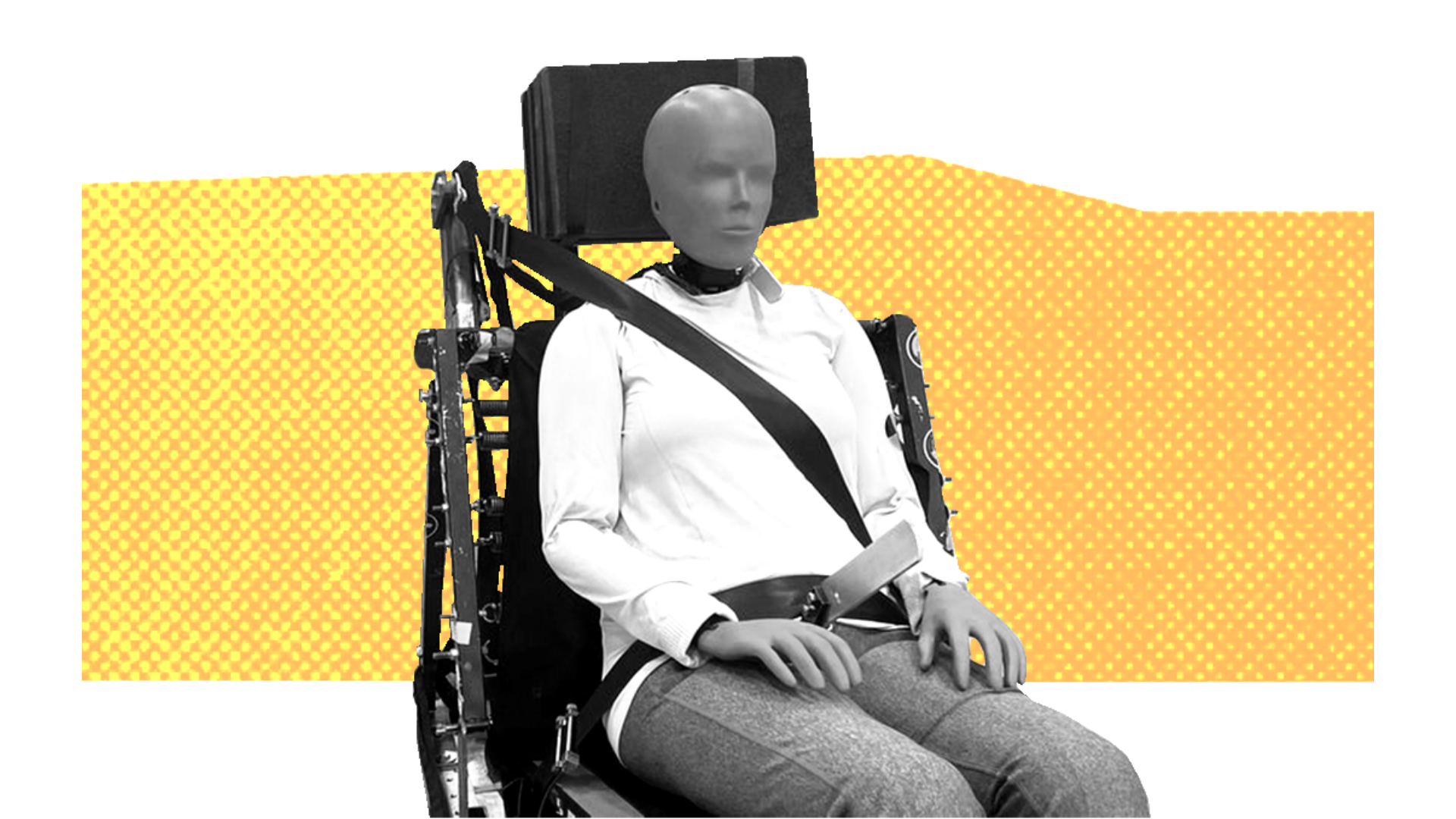News
Marketer Magazine: On The Record: Conducting Strong Interviews with the Media
Research on Research Suggests
Gender BiasAnyone who has ever taken a high school science course knows “scientific method” is supposed to be an empirical method for acquiring knowledge. This method is supposed to prevent any biases from being considered but is that always the case?

Ironically, research suggests … no.
This scientific method is the basis for the qualitative and quantitative research done today and it has been since at least the 17th century. But like many things developed in, and since, the 17th century, there was a certain lean towards the men in the room.
Due to a variety of factors including lack of education, imbalance of women in the workforce and erroneous assumptions about women, research was generally done by men, for men and with men. Gender bias is evident and invisible without careful scrutiny.
Here are a few examples:
- Since crash-test dummies began being used to test for car safety in the 1970s, all of the crash test dummies were anatomically male. They had the weight distribution of a male, the proportions of a male, the height and weight of a male … they were men. Because of this, despite men being more frequently in car accidents, women were statistically more likely to suffer severe injuries or death. It was only last November, in Sweden, that the first female crash-test dummy was introduced.

- Medical studies have historically been done only on one gender: men. Despite this, the guidelines resulting from these studies have been generalized and applied to both genders. This is seen as sufficient, despite medical issues presenting differently in women and men and having different risk factors. For example, research funding for coronary artery disease in men is greater than for women, yet women who are at risk of the disease suffer more morbidity and mortality. One article in the Journal of the Royal Society of Medicine goes so far as to say, “The lack of funding for women's disease in effect maintains women's lower economic status.”
This bias against women not only exists in the research studies, but also in the research studies of the researchers themselves. A study published in the Scandinavian Journal of Primary Health Care in 2002 found that women are considered better suited for qualitative research. So not only are quantitative research studies considerably less likely to include data on women, women are considered less adequate to conduct these studies.
A study done in 2020 found that globally, 90% of all people have some form of gender bias against women. With how pervasive this is in research, are there other, less-common ways bias against women impacts lives?
When you’re considering the validity of research, look for evidence of gender bias in the people who conduct the research, the methods they use and the conclusions that they draw.
